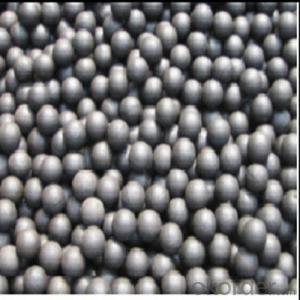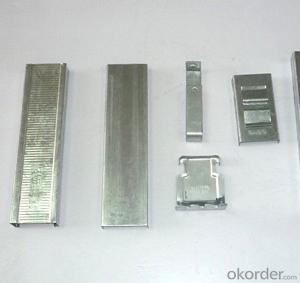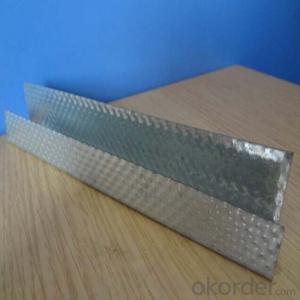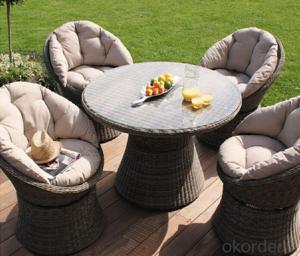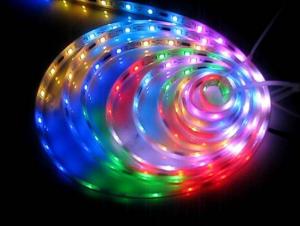1 4 In Aluminum Plate
1 4 In Aluminum Plate Related Searches
Led Light Bulbs For Ceiling Fixtures Shiny Or Dull Side Of Aluminum Foil For Cooking Decorative Ceiling Plate For Light Fixture 42 In Ceiling Fan With Light Ceiling Plate For Hanging Light Aluminum Foil For Ceiling Hole Saw For Aluminum Plate Aluminum Tread Plate For Trailer Bow Plate For Aluminum Boat Aluminum Foil For Grow RoomHot Searches
Scaffolding For Sale In Uae Scaffolding For Sale In Ireland Scaffolding For Sale In Houston Stock Price For Aluminum Aluminum Coil Stock For Sale Aluminum Gutter Coil For Sale Used Aluminum Scaffolding For Sale 1/4 Aluminum Plate For Sale Aluminum Bar Stock For Sale Aluminum Round Stock For Sale Aluminum Diamond Plate For Sale Aluminum Scaffolding For Sale Craigslist 6061 Aluminum Plate For Sale Aluminum Dock Plate For Sale 7075 Aluminum Plate For Sale Aluminum Tread Plate For Sale Aluminum Checker Plate For Sale Aluminum Plate For Sale Near Me Plate Aluminum For Sale Aluminum Plate For Sale1 4 In Aluminum Plate Supplier & Manufacturer from China
Okorder.com is a professional 1 4 In Aluminum Plate supplier & manufacturer, offers integrated one-stop services including real-time quoting and online cargo tracking. We are funded by CNBM Group, a Fortune 500 enterprise and the largest 1 4 In Aluminum Plate firm in China.Hot Products
FAQ
- Yes, aluminum sheets can be used for decorative or architectural purposes. Aluminum is a versatile material that can be easily manipulated into different shapes and forms, making it ideal for various architectural applications. It is commonly used for exterior cladding, roofing, window frames, and facades, providing a sleek and modern aesthetic to buildings. Aluminum sheets can also be used for decorative purposes, such as wall panels, art installations, signage, and furniture. The lightweight and durable nature of aluminum make it a popular choice for architects and designers looking to create visually appealing and functional structures. Additionally, aluminum is resistant to corrosion, making it suitable for both indoor and outdoor applications.
- Aluminum sheet is made through a process called rolling, where a large aluminum ingot is passed through a series of rollers that gradually reduce the thickness of the metal until it reaches the desired sheet thickness. This process helps to improve the strength, flexibility, and surface finish of the aluminum sheet.
- How are the aluminum plates cut?
- Cutting machine or plasma cutting machine, laser cutting, or electric saw. Generally thin aluminum (below 0.5mm) can be cut with a blade.
- Can someone explain the movement of electrons in a pure block of aluminum metal? At they free to move around between similar energy levels? Are they bound to Al atoms? What about orbital overlap?
- Any element that allows the transfer of electrical flow to move across it usually has the characteristic of having free movement electrons in the outer shell. This is why metals are particularly good at electrical conduction. The best metal for transferring electrical charge is silver followed by copper and then aluminum. Much electrical wire is made from pure aluminum because it is cheaper than copper or silver and the resistance to flow is only slightly lower than copper. The electrons in the outer shells are still bound to the aluminum nucleus but they are free to accept a charge from neighboring aluminum atoms and transfer that charge to the next aluminum in the electrical flow. This is basically the definition of electrical resistance. Copper performs this transfer more efficiently than aluminum so it's electrical resistivity is less than aluminums. But in both base metals, the outer electrons never leave the atom, they simply transfer their charge to the next atom in line
- I just bought a cheap brand of pop tarts. One of the listed ingredients under Leavening is, sodium aluminum. I don't think Wal-Mart will take back the box, so should I just throw the whole box of 16, away. Or is the proportion of aluminum in the product so minute, that it will not make a difference to my health? Thanks.
- It's actually Sodium Aluminum Phosphate. It's used as a preservative in a lot of food actually. It's not exactly good for you, but it's really no more harmful than any other preservative. So basically, it's unhealthy, but you're not gonna die from eating them. EDIT: Yes I realize that Aluminum has been linked to Alzheimer's disease, but this isn't Aluminum. Aluminum is an element. This is Sodium Aluminum Phosphate. A completely different substance. When an element bonds with another element (or two) often its properties completely change. I think you'd be surprised to learn that Sodium by itself, is not only horribly volatile (it will explode in water) and will kill you if you ingested it. Iodine is also poisonous in fairly moderate doses. But when the two are bonded together (sodium iodide) it becomes an essential nutrient to the body.
- Yes, aluminum sheets are suitable for aerospace engine components. Aluminum is a widely used material in the aerospace industry due to its favorable properties. It is lightweight, which is crucial for aircraft and spacecraft applications as it helps reduce overall weight and fuel consumption. Additionally, aluminum has excellent thermal conductivity, allowing it to efficiently dissipate heat generated by the engine, which is essential for maintaining optimal operating temperatures. Furthermore, aluminum exhibits good strength-to-weight ratio, corrosion resistance, and ease of fabrication, making it suitable for various engine components such as casings, housings, and structural elements. However, it is worth noting that not all engine components can be made solely from aluminum sheets, as certain parts may require higher strength materials or specific alloys to withstand extreme temperatures or stresses. Overall, aluminum sheets have proven to be a reliable and commonly used material in aerospace engine components, contributing to the overall performance and efficiency of aerospace engines.
- Yes, aluminum sheets can be bent. Aluminum is a highly malleable metal, which means it can be easily shaped or formed using techniques such as bending, rolling, or folding. The process of bending aluminum sheets involves applying force to the metal in order to create a desired angle or curve. This can be done by using specialized tools such as a brake press or by using manual techniques. The flexibility of aluminum makes it a popular choice for various applications where bending or shaping is required, such as in construction, automotive, or aerospace industries.
- Certainly, HVAC systems can utilize 101 aluminum sheets. Due to its exceptional thermal conductivity, resistance to corrosion, and lightweight attributes, aluminum is frequently employed in HVAC systems. The 101 aluminum alloy, a widely utilized grade, offers commendable strength and ductility, rendering it suitable for HVAC applications. It is commonly employed in the manufacturing of ducts, air handlers, heat exchangers, and various other components within HVAC systems. Moreover, aluminum sheets are highly malleable, allowing them to be easily molded and shaped in accordance with the specific demands of the HVAC system.








